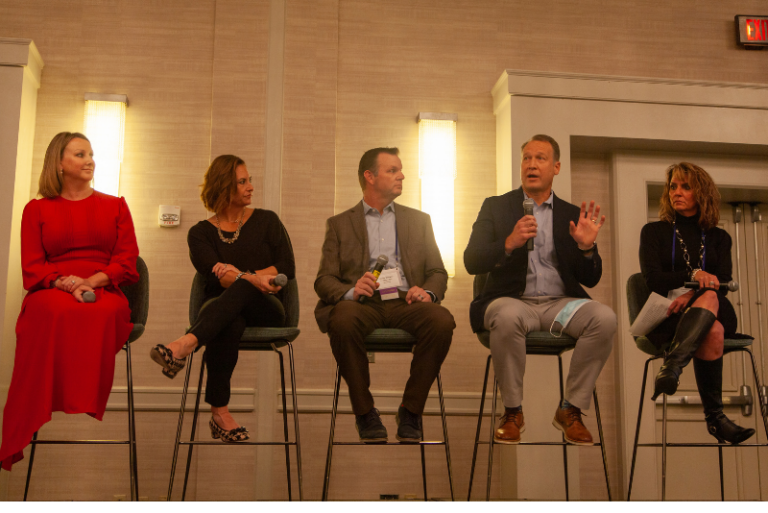In this curriculum development, the program relies on outside stakeholders including post-secondary institutions, prospective students or even business partners. It starts with need identification before identifying who needs to get involved.
One such stakeholder for Blue Valley CAPS is Corbion; Lindsey was on the advisory board in 2010 when the Blue Valley CAPS building opened. There were no classes related to food, mainly because there was an assumption that the business of food was culinary, not a STEM subject.
With Lindsey’s help, that assumption has been blown apart, and the Future of Food program has flourished.
“There’s a thought, widely, that STEM doesn’t need to focus on food because we already have access through culinary arts, and you can buy food at the grocery store and prepare it at home,” Lindsey said. “But developing that food to get it on the shelf — and to make it safe to consume with the proper nutritional profiles and that also tastes good — that involves a tremendous amount of science.”
Supply and demand is not only out of whack in terms of supply chain for consumer goods. It’s also off-kilter for workforce and higher education in overall food manufacturing.
In some respects, the food industry can “catch” STEM students as they fall out of other STEM-related disciplines. But why not snag them before they enter other programs at all? This is where industry-informed curriculum comes into play.
In 2013, Blue Valley CAPS implemented a food science STEM track with a core advisory team that could inform the program from “real world” applications, including Corbion’s Lindsey, along with a fell colleague, a food scientist and microbiologist from K-State and a culinary arts instructor.
Since then, the course has gone through constant iterations and refinement, not because it wasn’t working but because that’s the spirit of the scientific method.
“One of the key tenets of our school — of all course designs — is to make sure you’re responsive to the needs that are out there,” Whalen said. “Are there new industry trends or societal shifts that we need to be responding to? Are we taking in what the students are experiencing?”










